Compliance
-

Building a Regulatory Change Management Program E-Book
For GRC leaders who need a practical way to keep up with regulatory change while freeing their teams to focus on higher-value, strategic work.
-
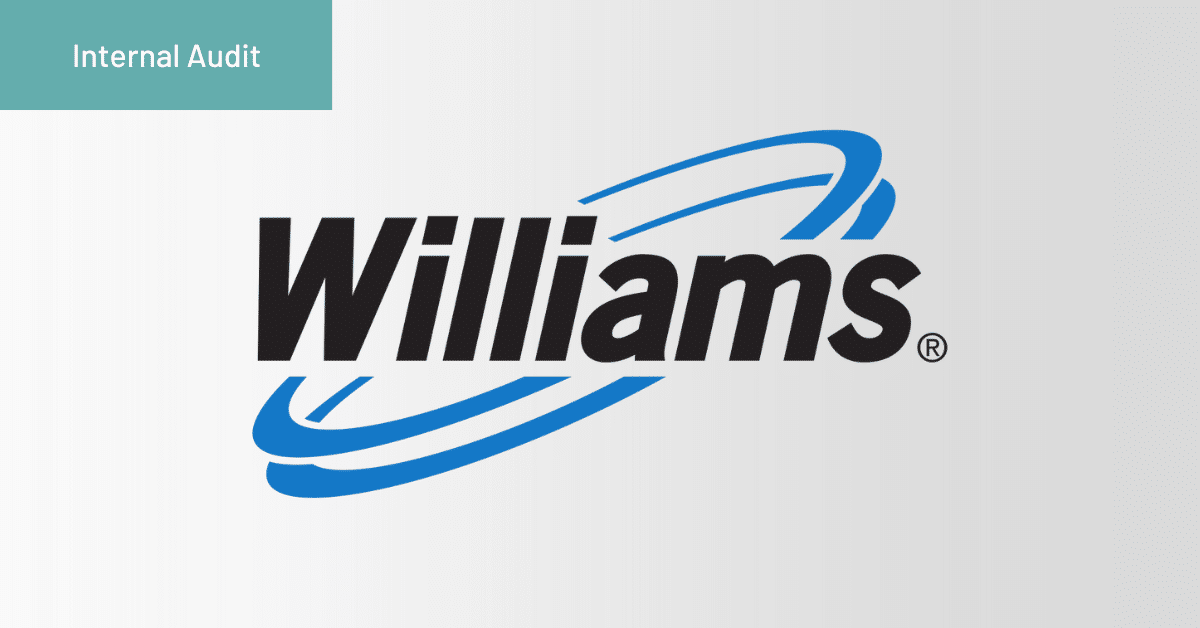
Williams Audit Case Study
See how Williams uses Onspring not just for audit, but for consistent, connected governance across their business.
-
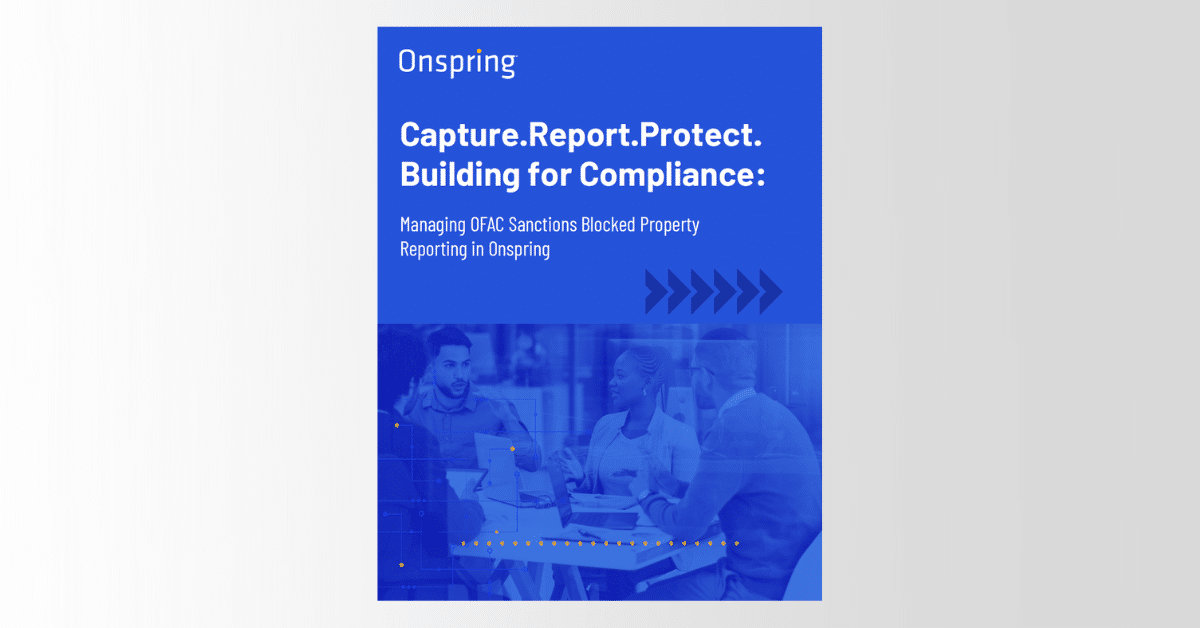
Building for Compliance White Paper
Explore this practical resource for compliance teams, sanctions officers and GRC leaders who need a structured, scalable way to manage blocked property reporting.
-

The Practical Applications of Artificial Intelligence in Government Programs
Discover how AI is transforming government programs through fraud detection, compliance automation, risk management, supply chain visibility and better citizen services.
-

The Leaders of 2025 Info-Tech Data Quadrant: Who’s Shaping the Future of GRC Software
Onspring leads the 2025 Info-Tech Data Quadrant for GRC platforms with top scores in usability, customization and customer satisfaction.
-
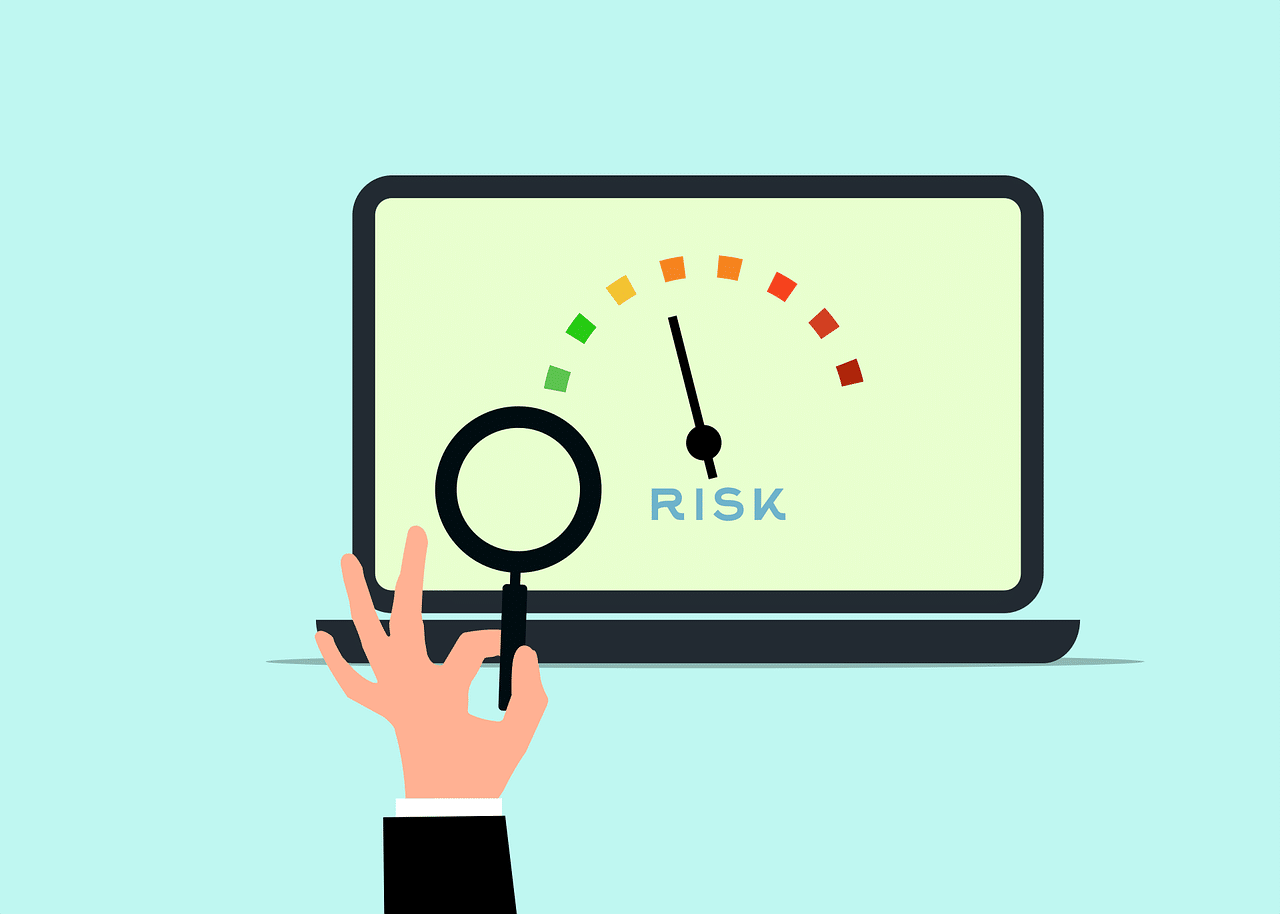
5 Reasons Your Company Should Automate Third-Party Risk Management
Automate third-party risk management to cut manual work, reduce cyber risk, and stay compliant with evolving regulations.
-
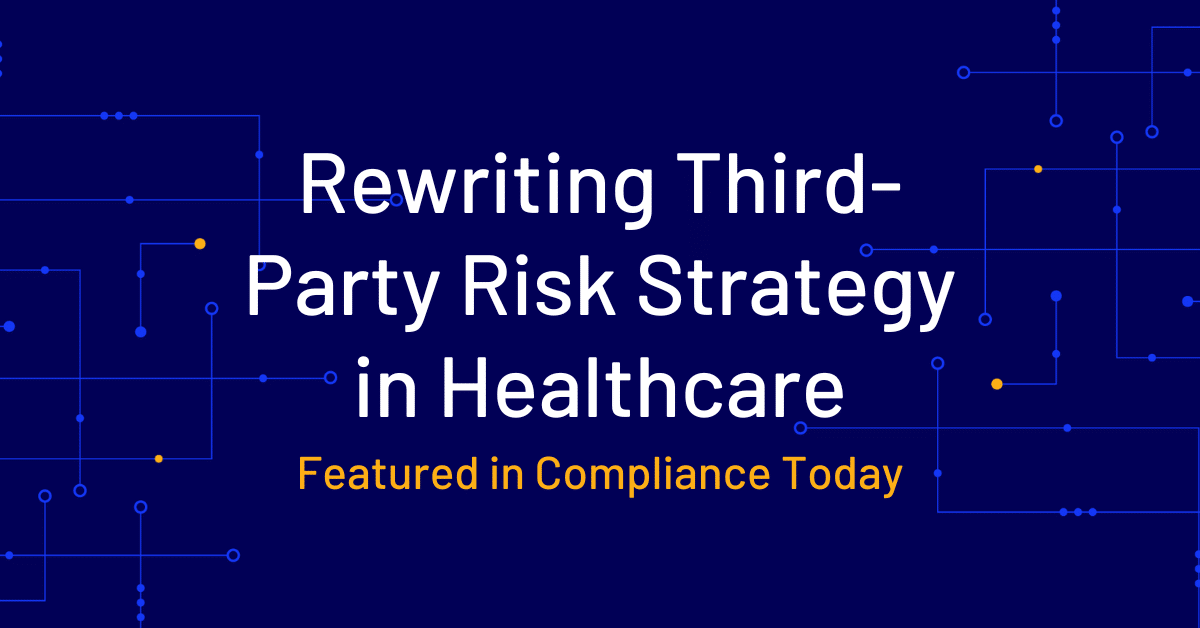
Compliance Today Feature on Third-Party Risk in Healthcare
This Compliance Today article shares a roadmap that helps healthcare compliance leaders strengthen oversight and reduce risk.
-

What is an Audit Trail?
Learn how audit trails boost data security, ensure compliance, and prevent fraud with automated logs and real-time monitoring.
-
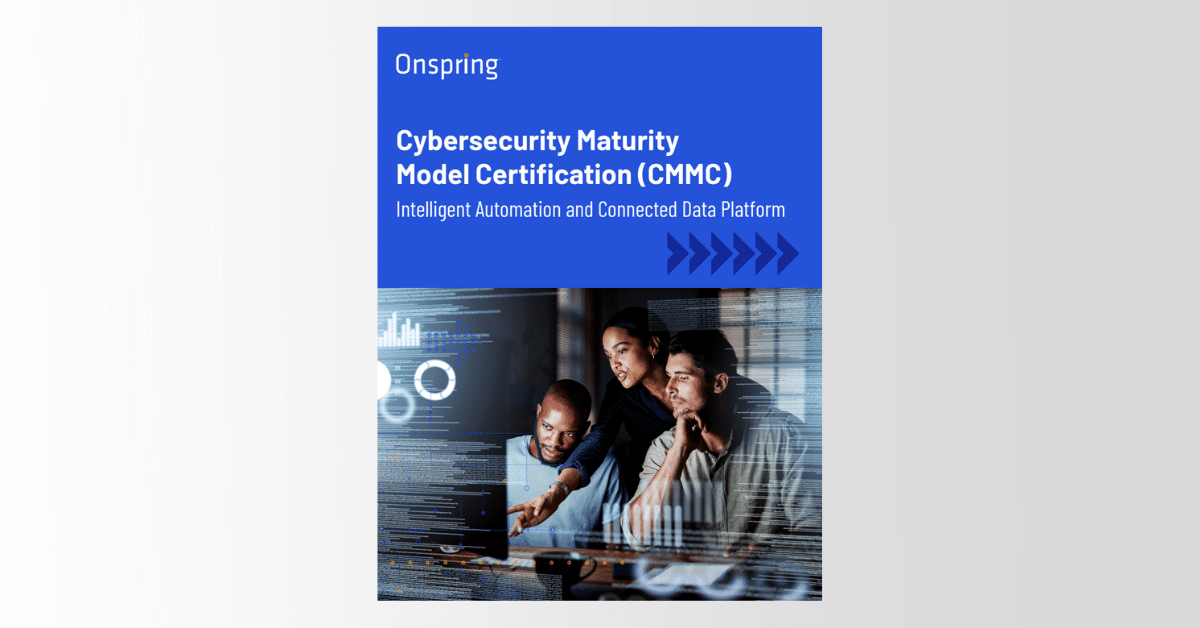
CMMC Management Data Sheet
See how managing the CMMC certification process in Onspring is designed to get your organization audit ready.
-

Quick Guide: SOC 2 Compliance Requirements
Discover how SOC 2 compliance aligns with the 5 Trust Services Criteria to enhance data security and operational excellence.
-
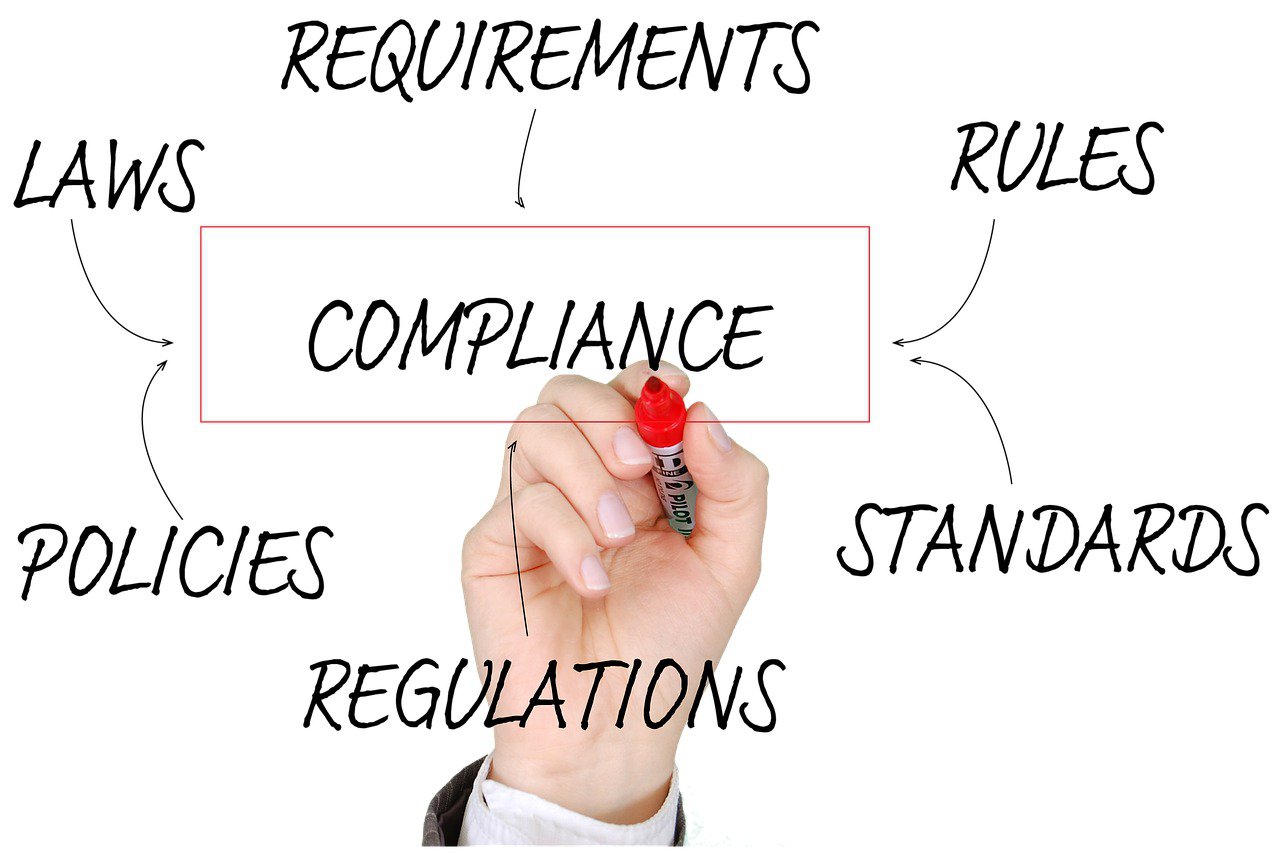
Quick Guide: What is SOX Compliance?
Explore how companies achieve SOX compliance, including cybersecurity integration, to maintain corporate integrity and investor confidence.
-

Top 5 Objections to Data Privacy Management Software: Cost, Implementation and More
Despite concerns about cost, time and complexity, data privacy management software offer compelling benefits, from scalable pricing to user-friendly platforms.